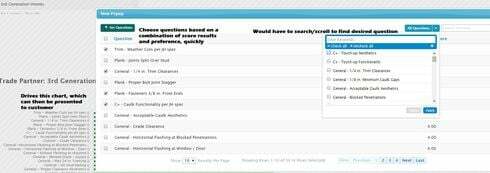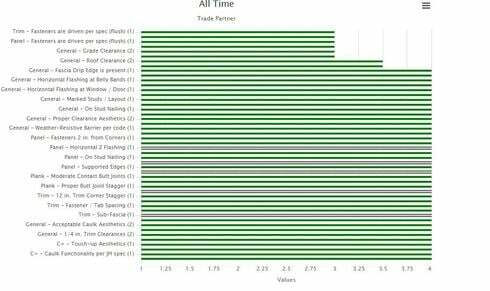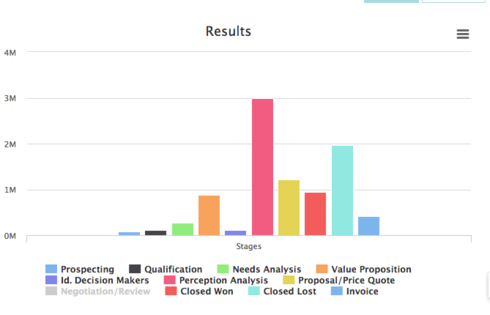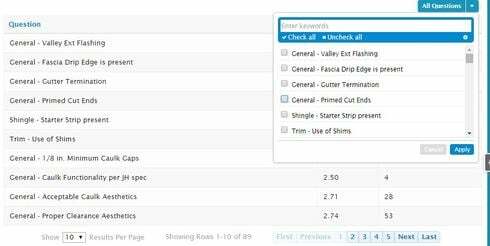I have an aggregate model that averages scores for various questions, and then sorts in ascending order.
The intent is that the “bad” scores will float to the top, and the user will display the resulting chart to our customer as part of a “Let’s work on these items” discussion.
But sometimes - just to make life difficult - the user doesn’t want the EXACT “Worst 10” per the score averages; sometimes he wants to filter down based on discussions he’s already had with the customer, or exclude questions that haven’t appeared on enough audits to give a good average, etc.
So I created a table, and originally created a table filter so they can pick the questions they want. However, that filter list is in the same order as the original field (i.e. alphabetical). Now, in order to pick, say the 1st, 3rd, 4th, 7th and 9th question, the user will have to search for them alphabetically.
I’m hoping there’s a way to, instead, check the boxes next to the desired questions and start a mass action, which would then filter based on those selections and change the related chart.

I have an off-by-default filter set on the model’s “Question” field. I tried to have the Mass Action update this using the alias name of the grouping for Question. But every time I run the Mass Action, the table blanks out.
Not sure if this is because it’s just not possible - setting a condition with multiple selections this way…Or if it’s because I’m using the wrong syntax for an aggregate. I’m hoping it’s the l

 But maybe on other pages you would still prefer the values to be listed alphabetically.
But maybe on other pages you would still prefer the values to be listed alphabetically.





